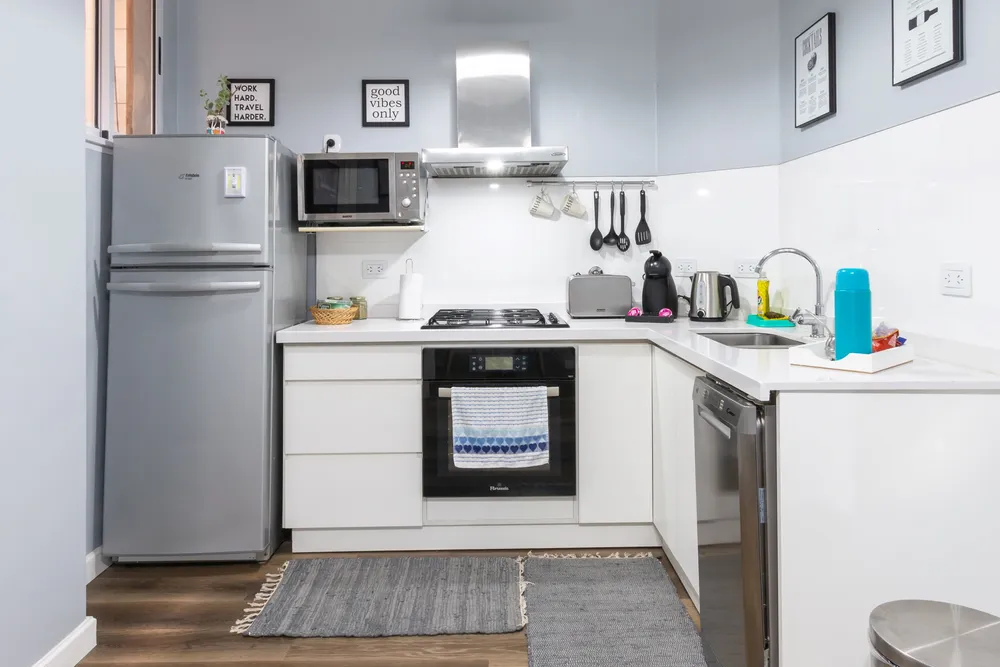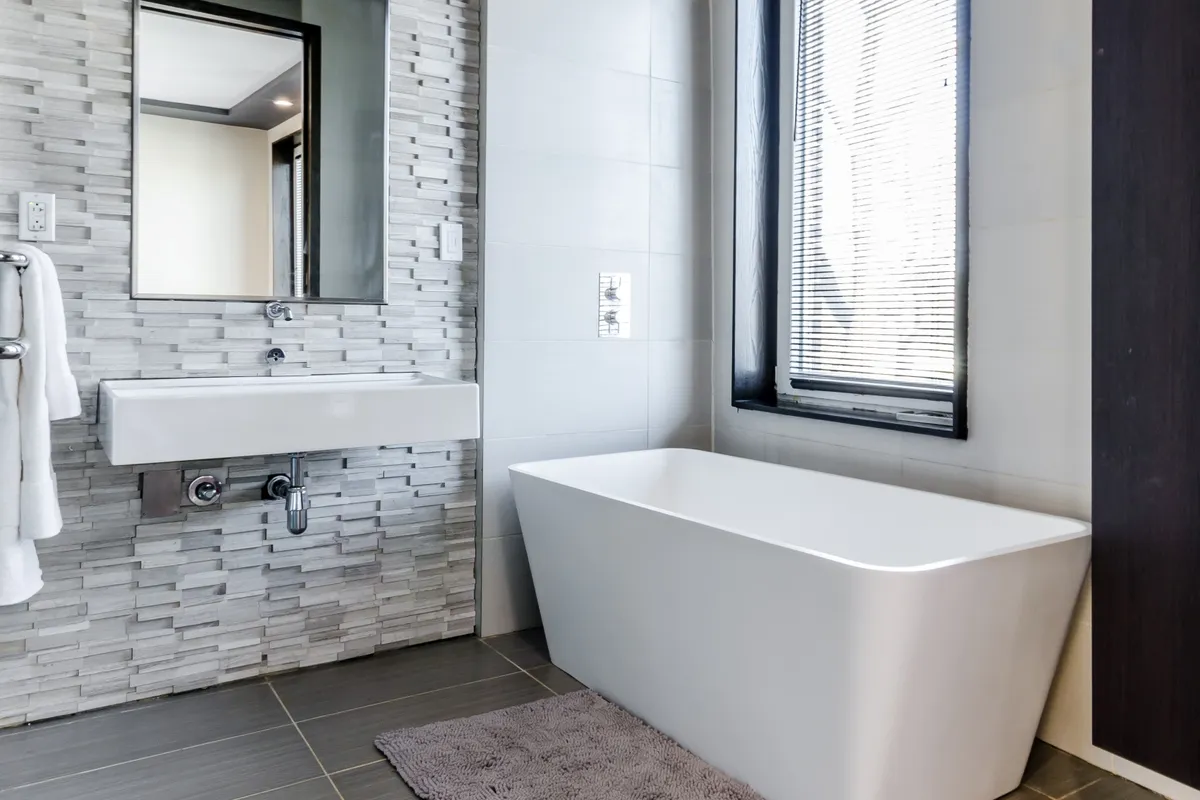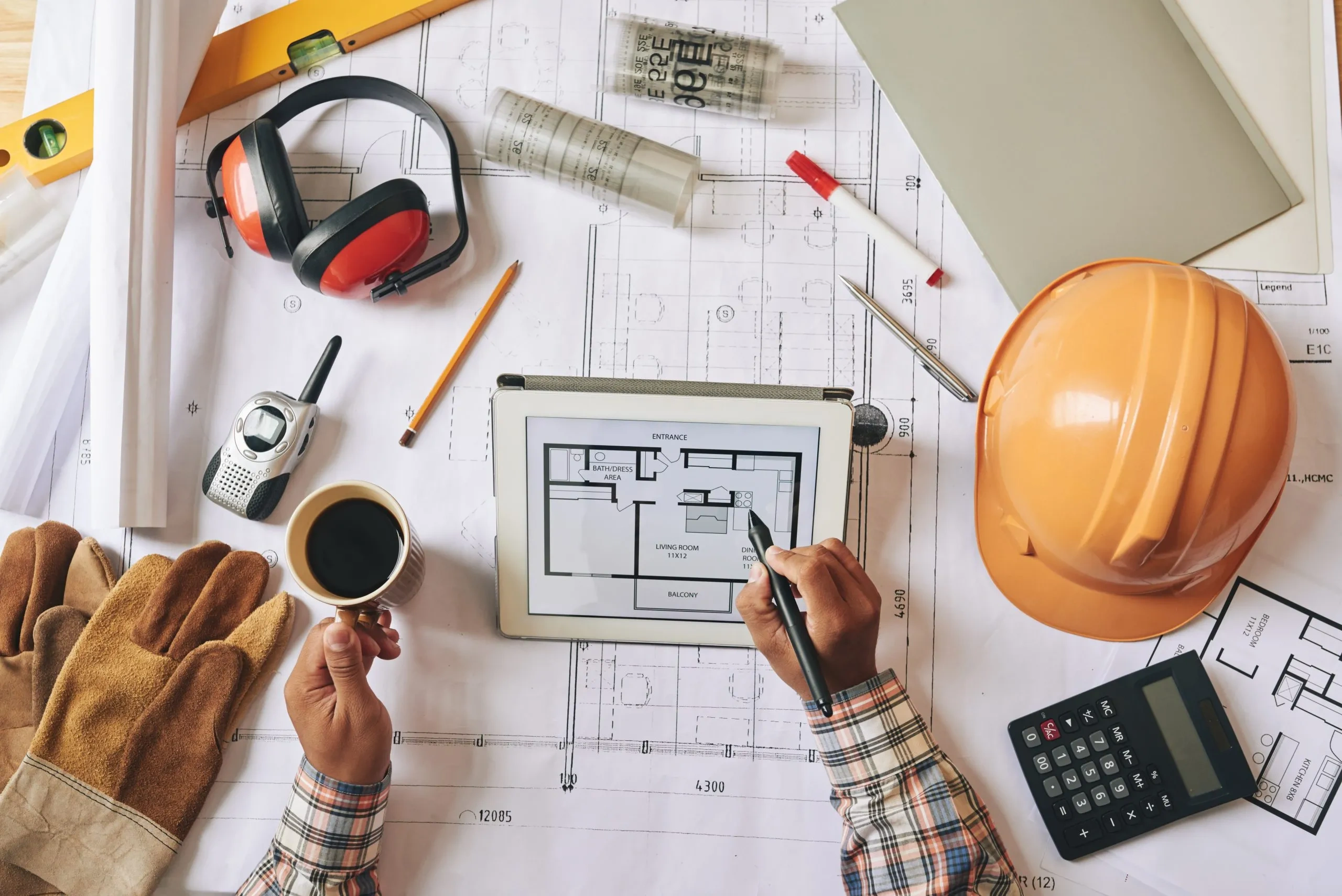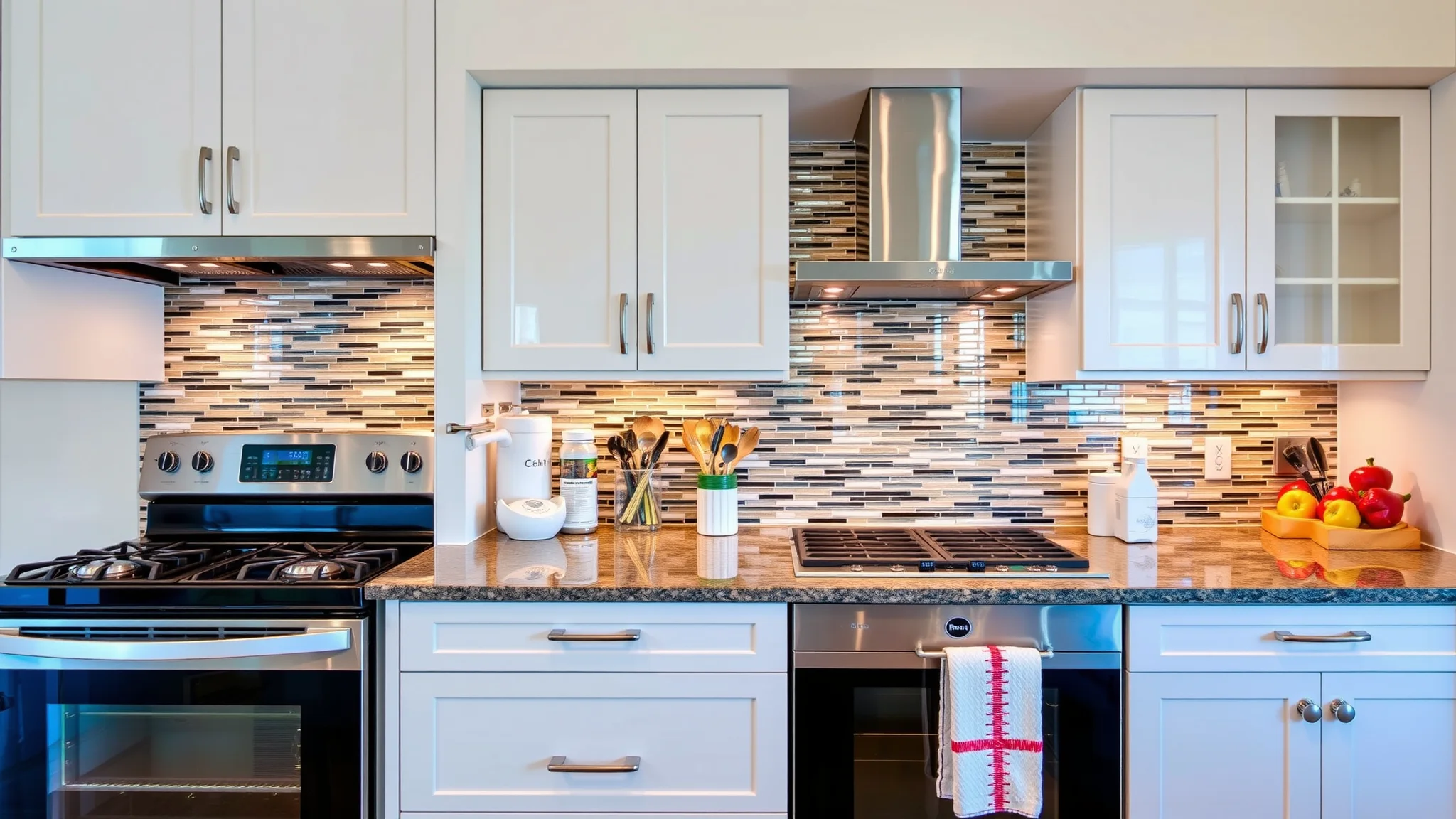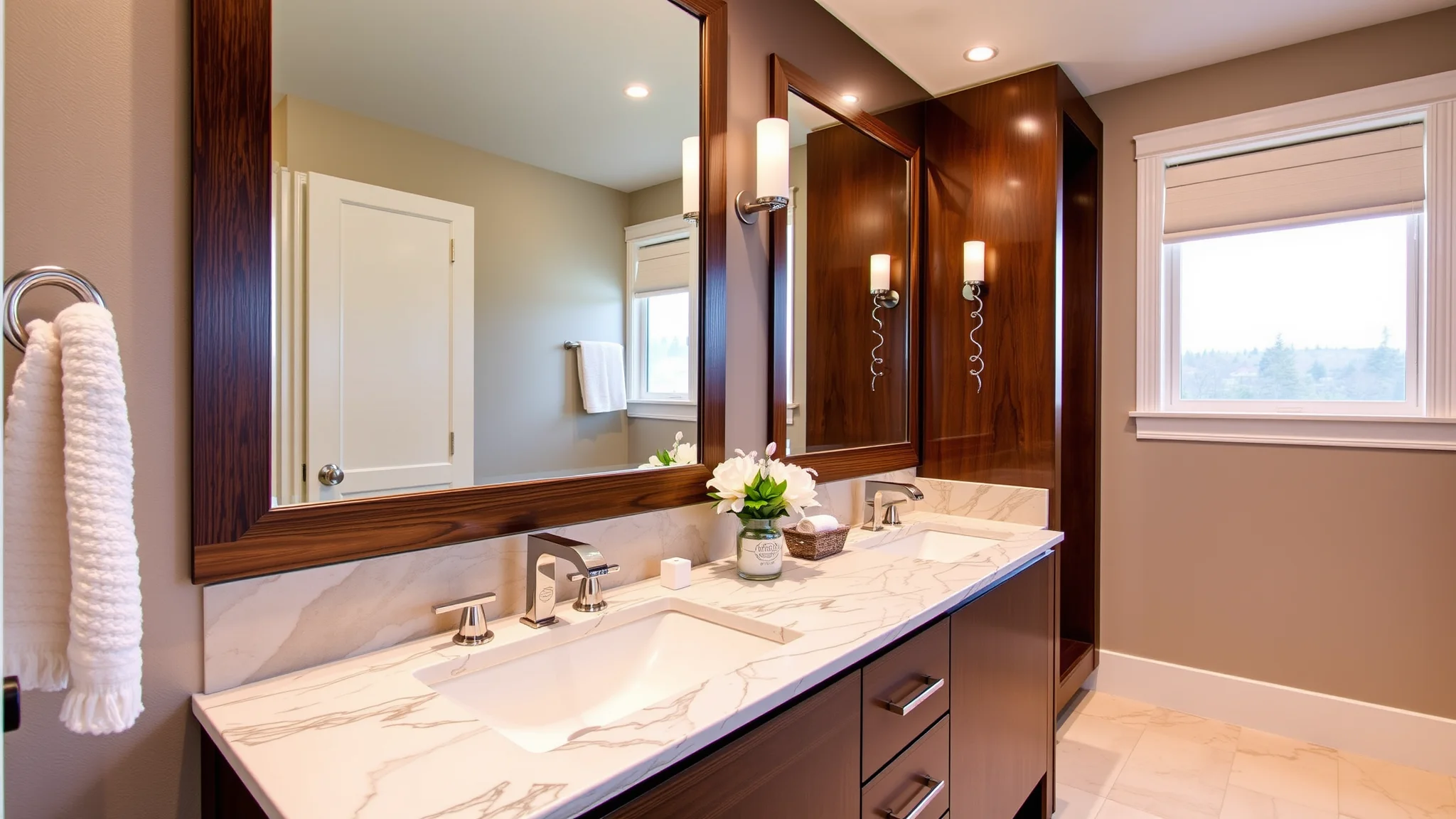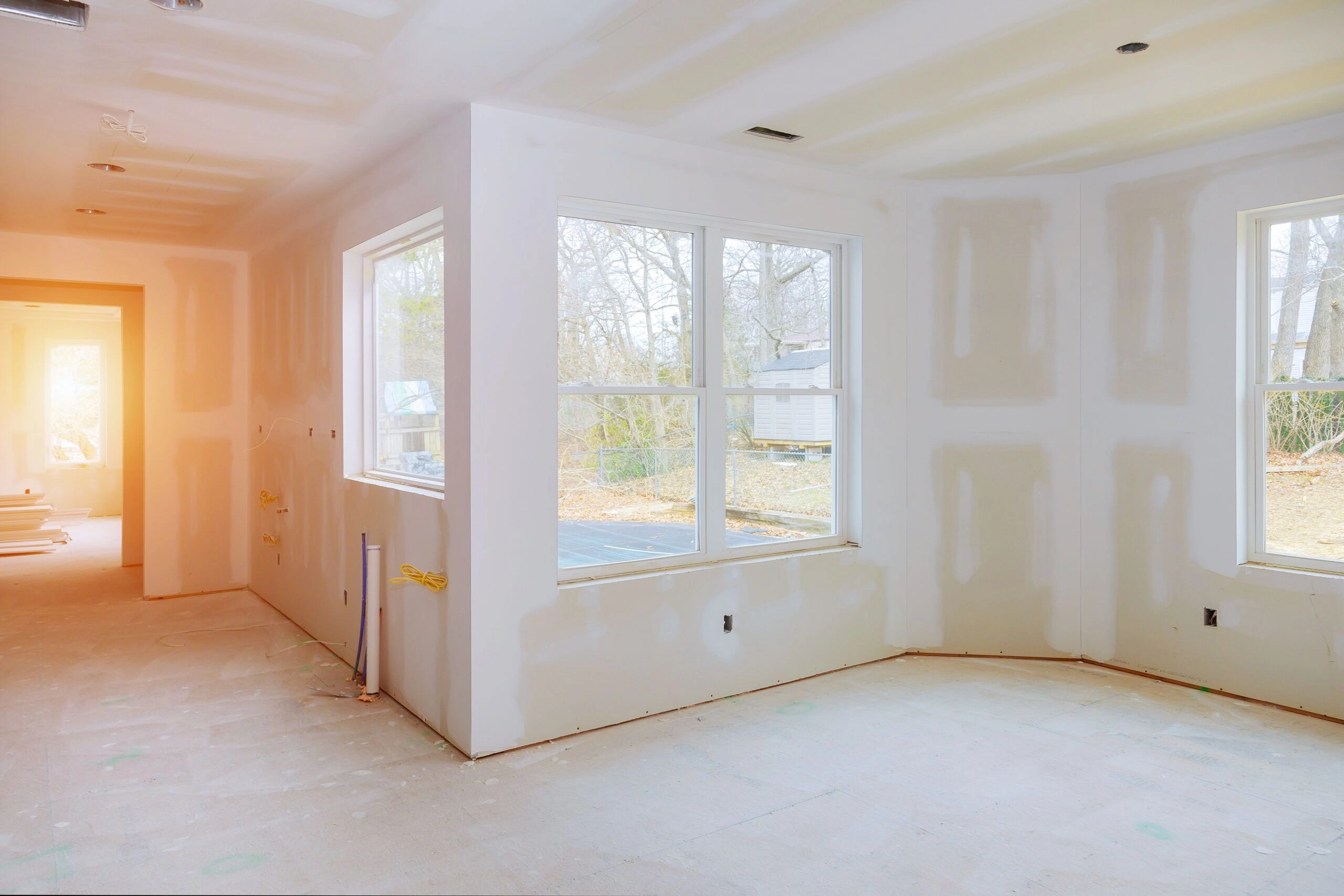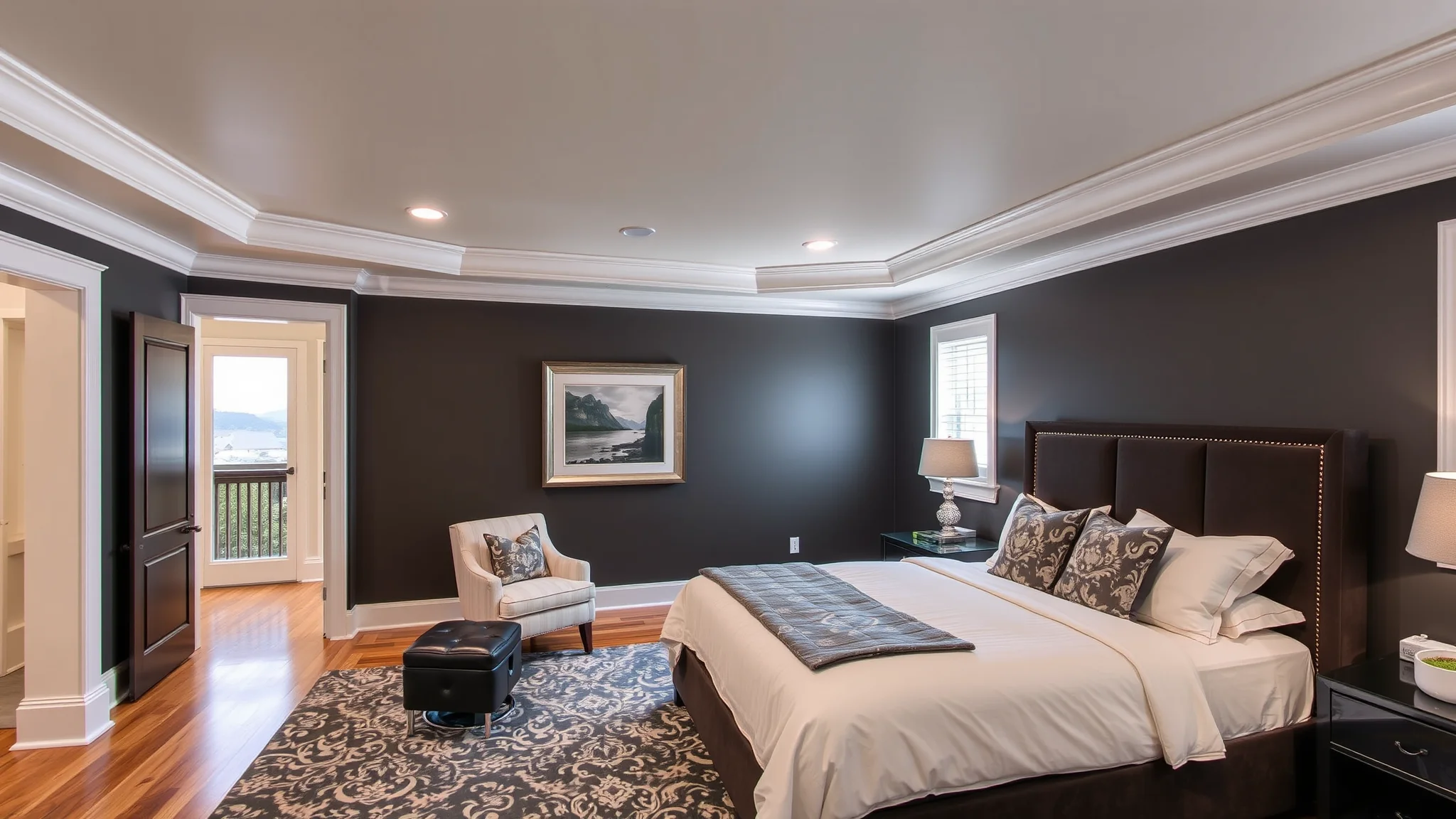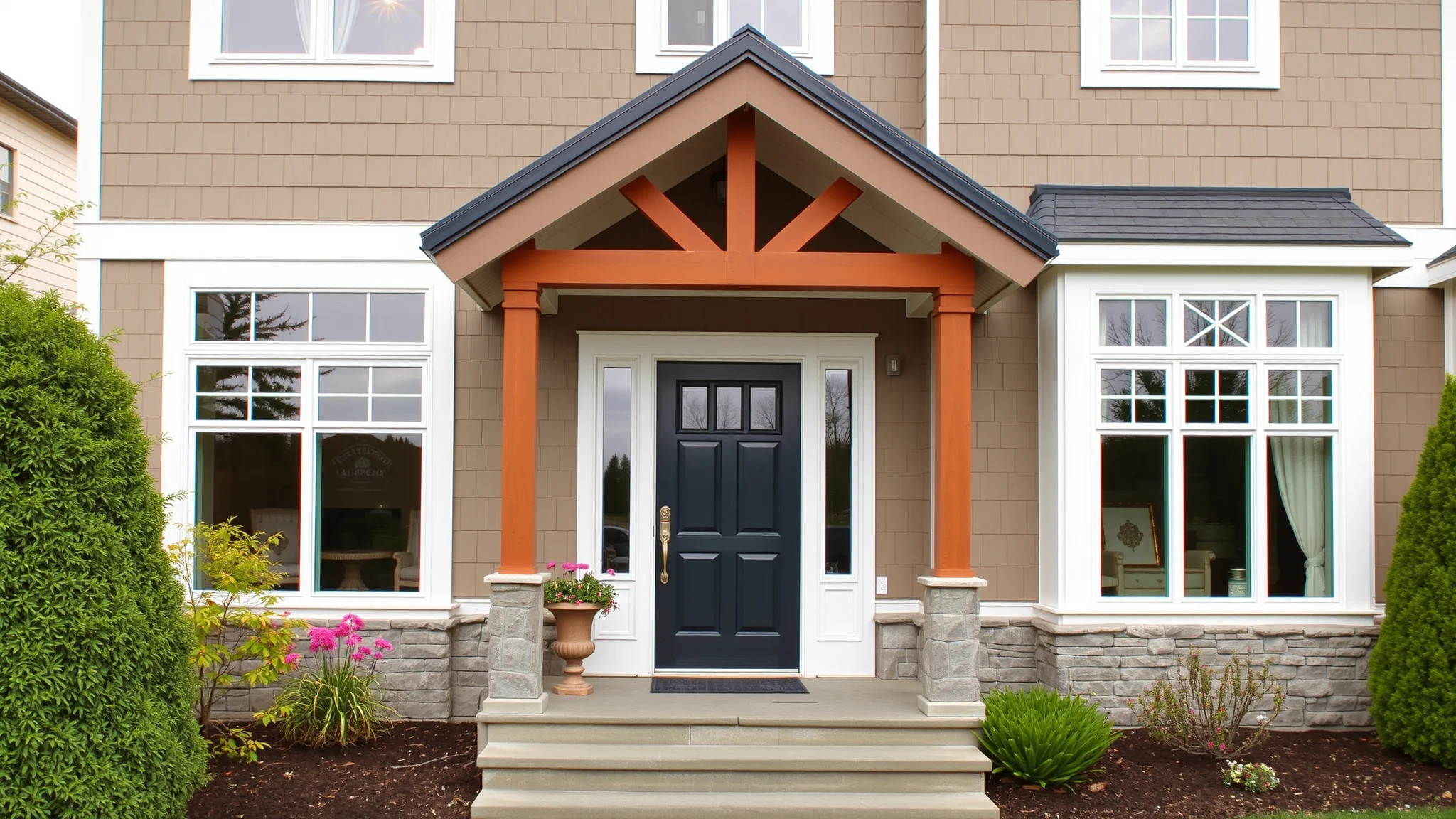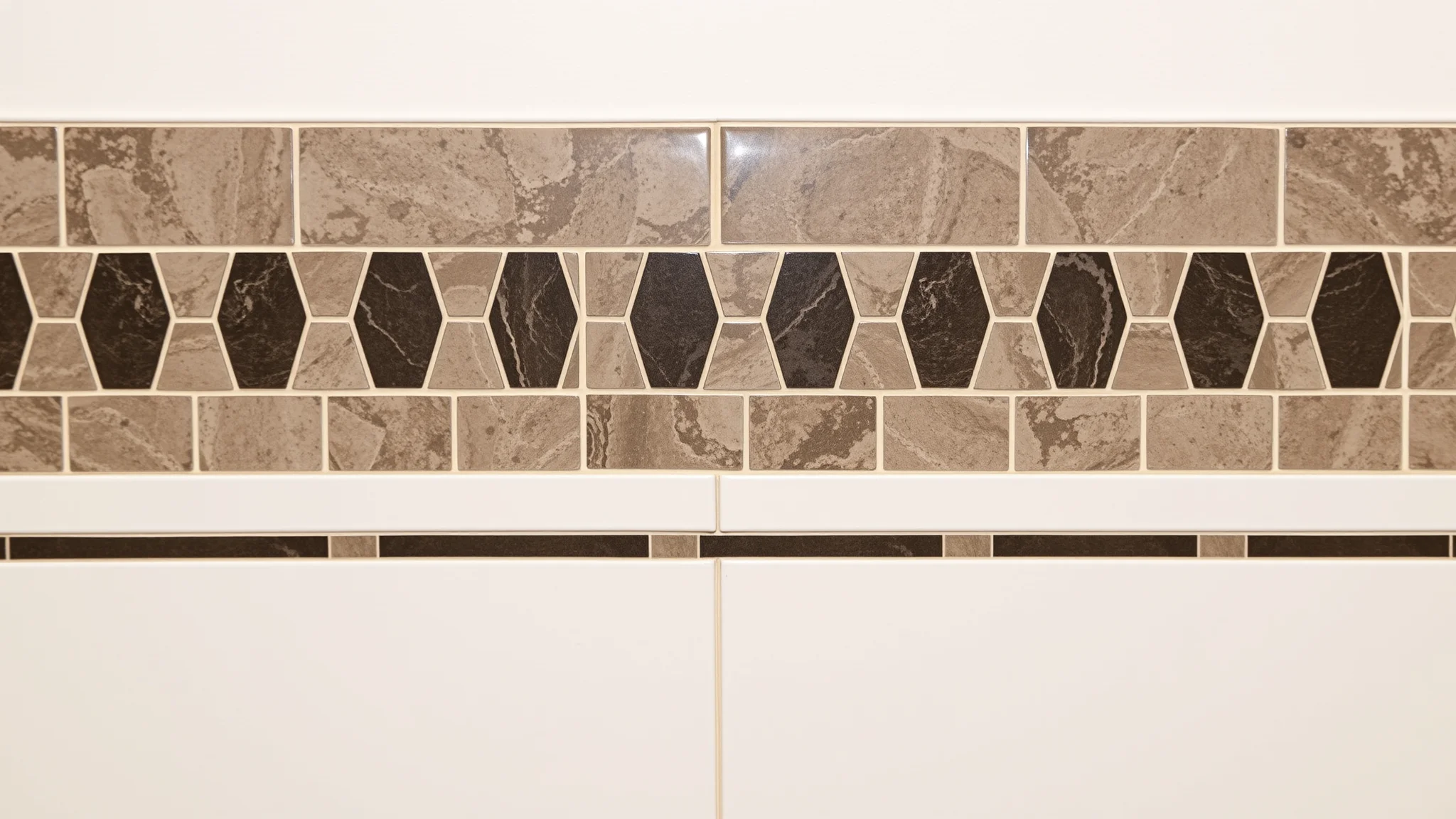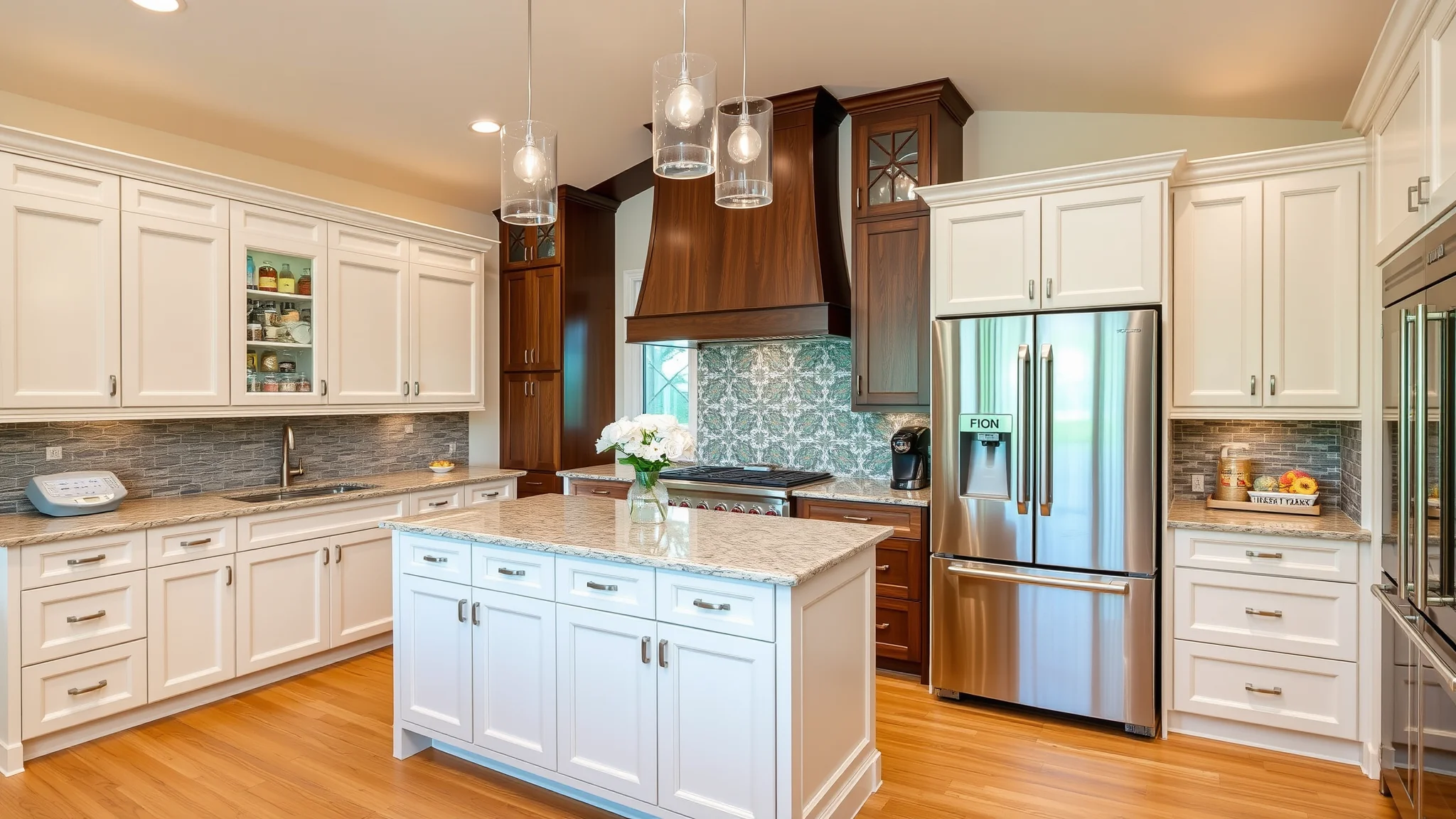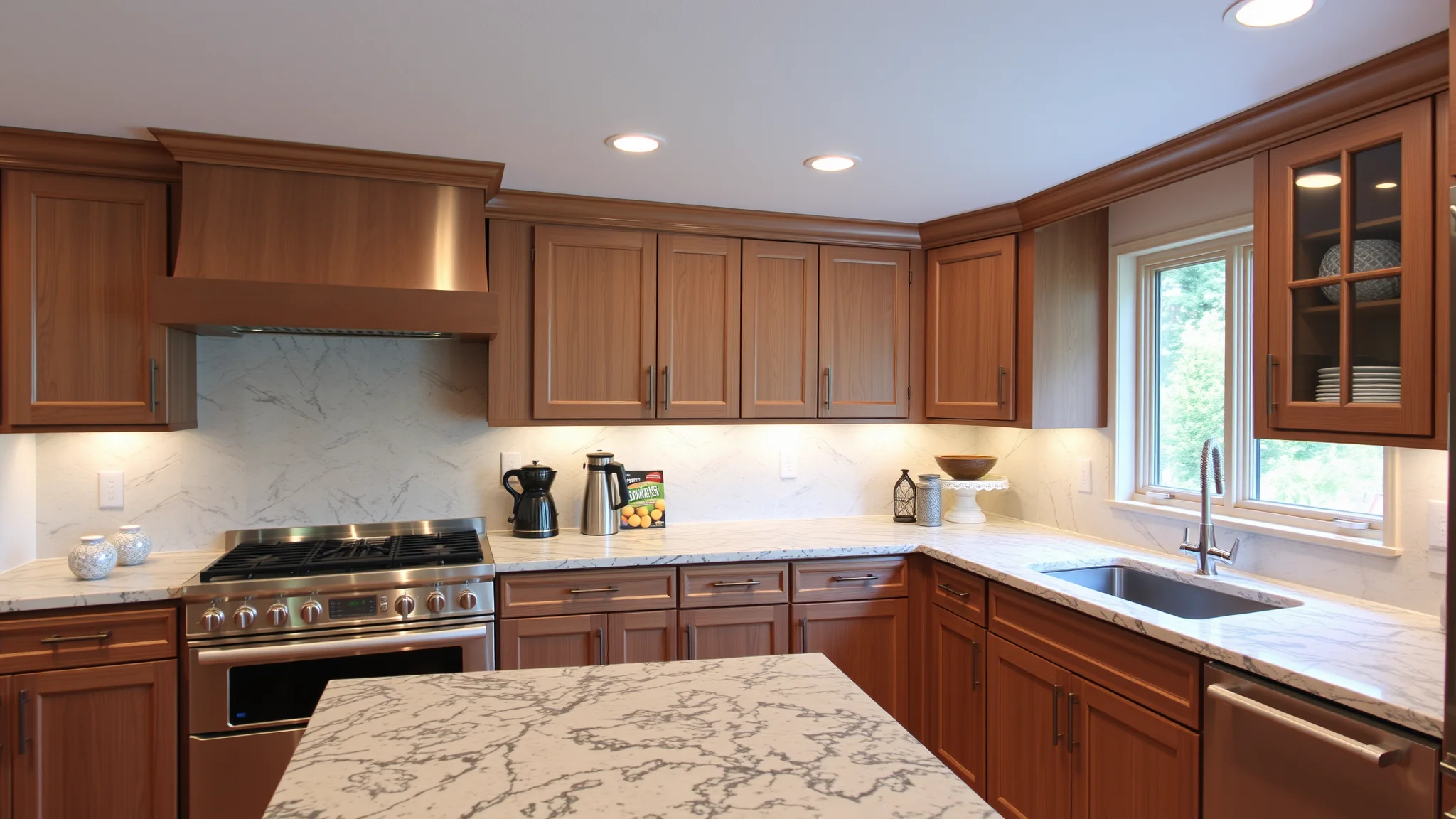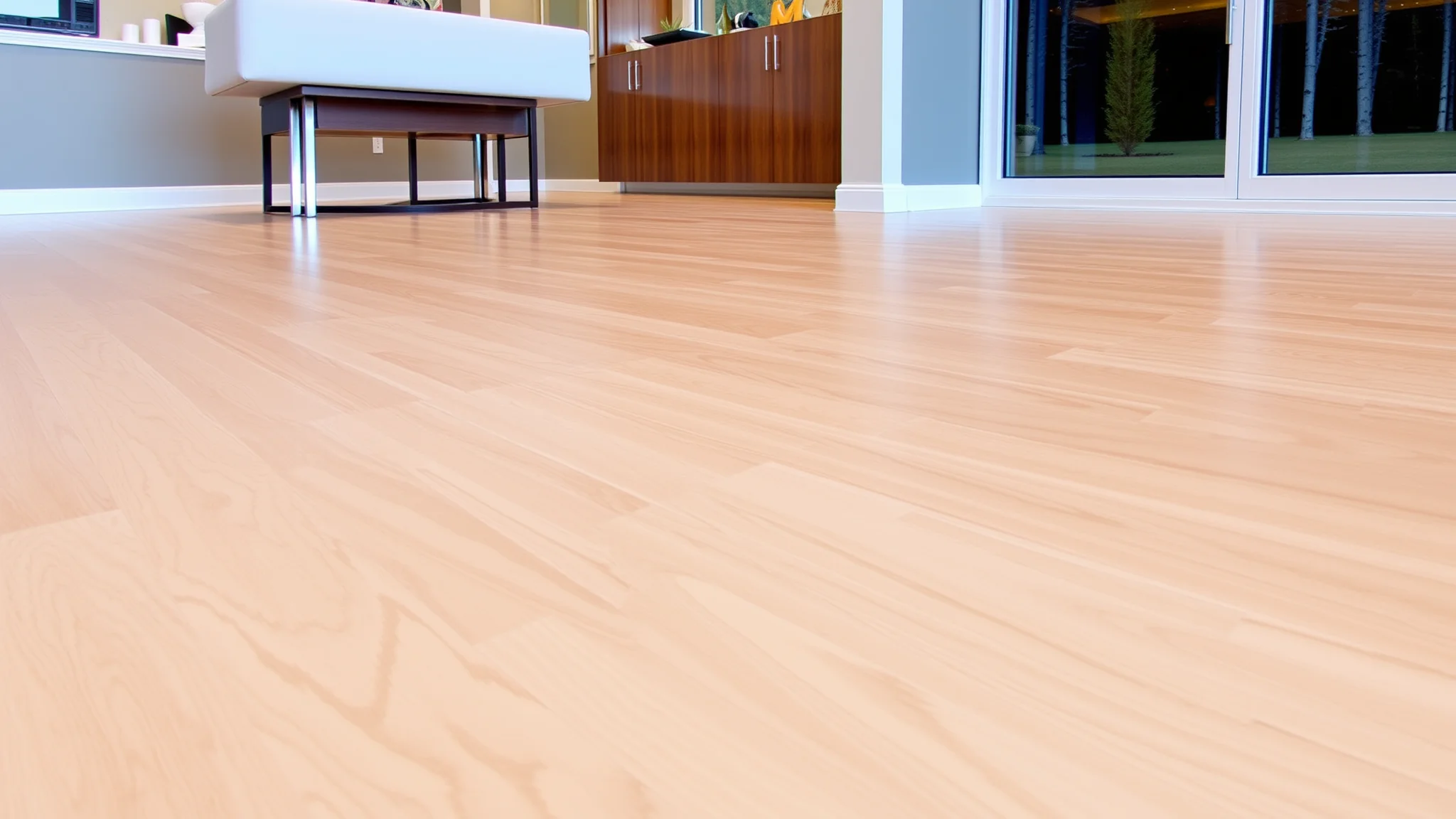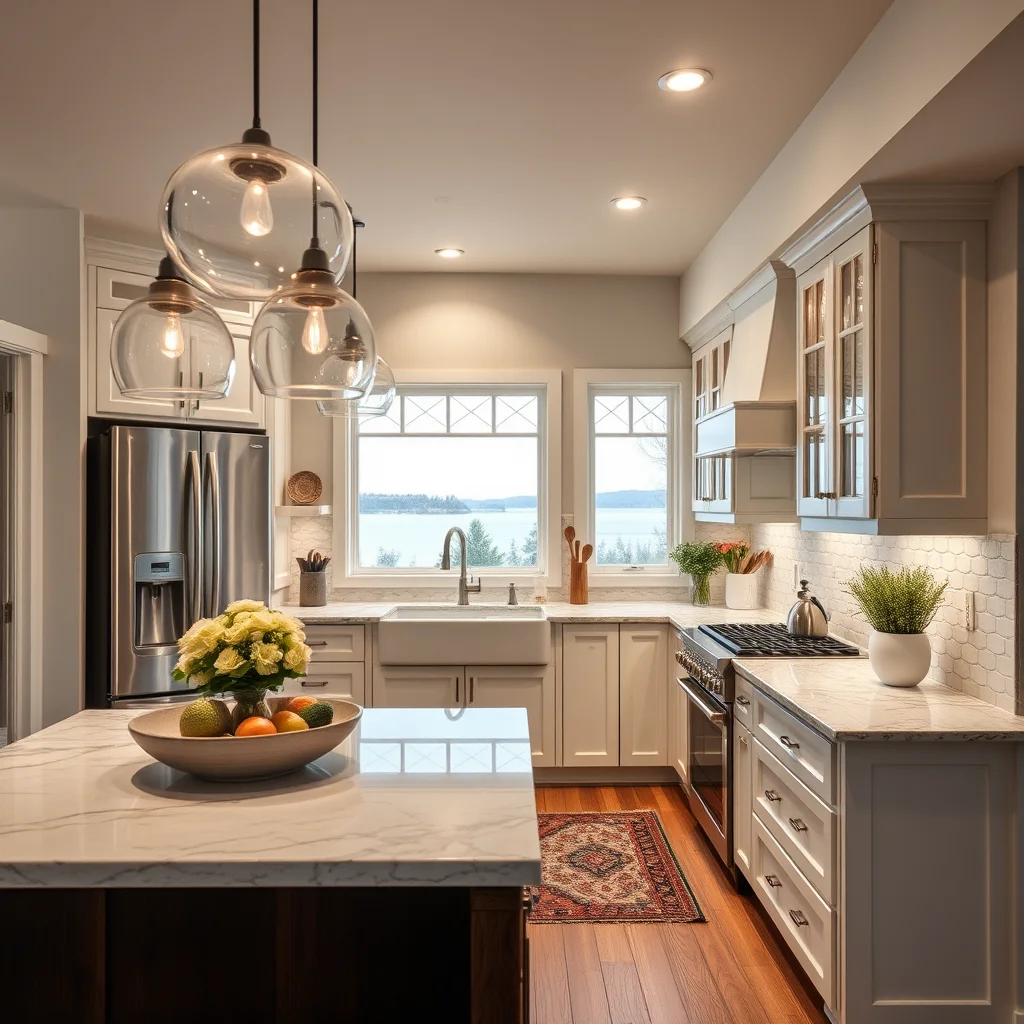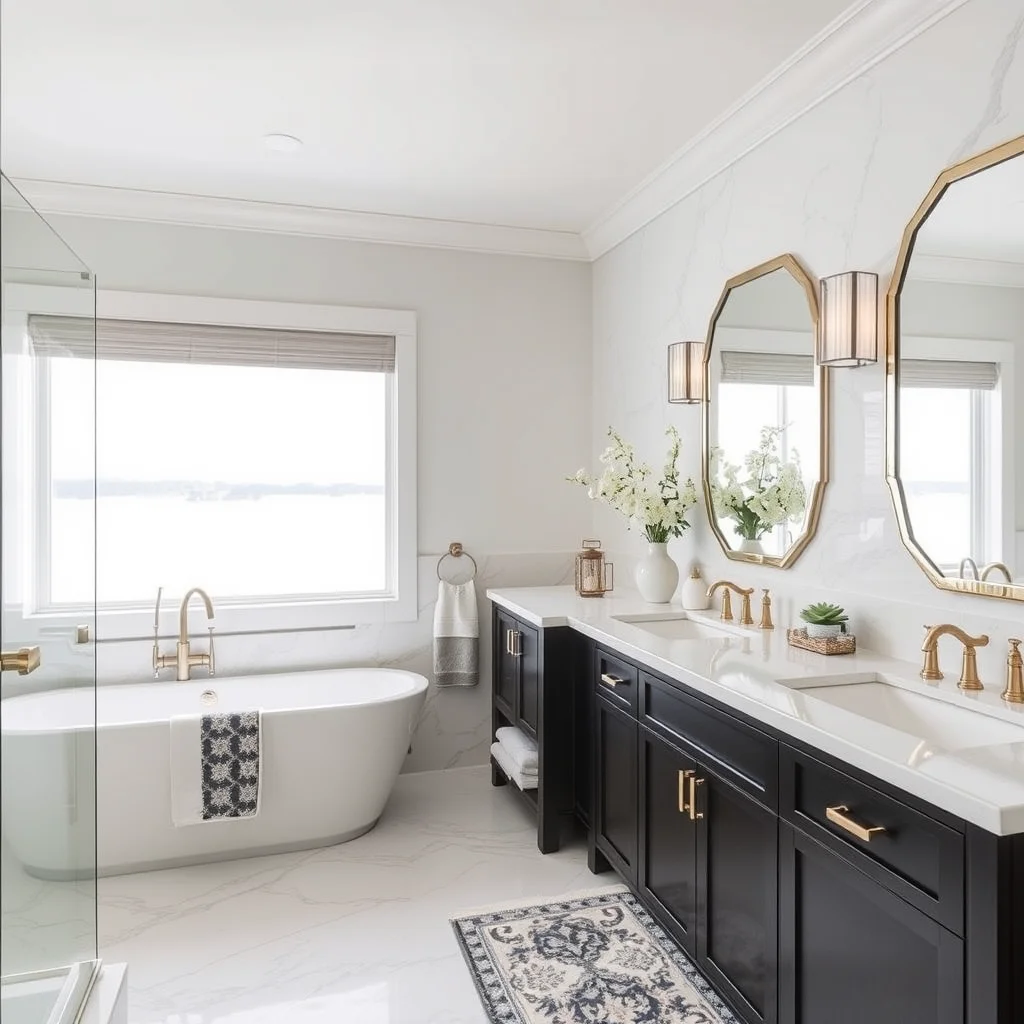
Cost of Replacing a Kitchen Sink and Faucet: What to Expect
What are the main factors influencing the cost of replacing a kitchen sink and faucet?
Embarking on a kitchen upgrade involves multiple considerations, one of the most essential being the replacement of your sink and faucet. While the task may seem straightforward, the cost of replacing a kitchen sink and faucet can vary significantly based on numerous factors. These include the type of products selected, the complexity of the installation, existing plumbing conditions, and even regional labor rates. Understanding these variables is crucial for homeowners aiming to budget effectively and avoid unexpected expenses.
How much does a basic kitchen sink and faucet replacement typically cost?
For homeowners seeking a standard update, the cost of replacing a kitchen sink and faucet generally falls within a moderate range. Basic, mid-tier sinks can be purchased for as low as $150 to $300. Faucets of similar quality are often priced between $100 and $250. Including installation labor, which can range from $200 to $500 depending on your location and the complexity of the task, the overall expenditure might hover around $450 to $1,050. This price point covers straightforward replacements where plumbing isn't significantly altered or relocated.
What are the different types of kitchen sinks, and how do they affect the overall cost?
The choice of sink material and style profoundly impacts the cost of replacing a kitchen sink and faucet. Common options include:
- Stainless Steel Sinks: Widely popular due to durability and affordability, these typically range from $150 to $400 for mid-range models.
- Porcelain or Ceramic Sinks: Elegant and traditional, these can cost between $200 and $500.
- Composite Granite Sinks: Highly resistant and aesthetically appealing, priced between $300 and $700.
- Farmhouse or Apron-front Sinks: Aesthetic and functional, with costs often exceeding $500, especially for custom sizes.
Higher-end custom sinks or those made from exotic materials can escalate costs further, influencing your overall project budget.
What faucet types should homeowners consider, and how do they impact expenses?
Faucet selection is equally pivotal. Here, prices range from budget-friendly models to luxury fixtures:
- Single-handle Faucets: Cost-effective, typically $50 to $200.
- Pull-down or Pull-out Faucets: Offer enhanced functionality, costing between $100 and $400.
- Touchless or Touch-activated Faucets: Modern convenience options, often priced from $200 to $600 or more.
- Luxury or Designer Faucets: Premium finishes and unique designs can push costs above $700.
The choice of faucet not only influences the initial purchase price but impacts installation complexity, especially when integrating advanced features.
How does existing plumbing influence the overall cost?
If your current plumbing setup is incompatible with your new sink or faucet, additional work is necessary. For example, reconfiguring supply lines or drainage pipes may be needed, which can add between $150 and $600 to your project costs. If significant plumbing modifications are required, the final bill can increase substantially. Regular maintenance or repairs to older plumbing systems can also be a hidden cost in your replacement project.
Are there additional costs I should anticipate during the replacement process?
Beyond the sink and faucet, a few ancillary costs can impact your overall budget:
- Permitting and Inspection Fees: Some regions require permits for plumbing upgrades, which might add to the expense.
- Disposal of Old Fixtures: Proper disposal or recycling of old fixtures can incur fees, often around $50 to $200.
- Upgrading Plumbing Components: Replacing outdated supply lines, valves, or installing new shut-off valves can increase costs but ensure system reliability.
- Additional Materials: Sealants, mounting hardware, or custom fittings could be necessary depending on your specific setup.
Can I save money by installing the sink and faucet myself?
Homeowners with plumbing experience might consider a DIY approach to reduce costs, but it's essential to weigh the risks. Improper installation can lead to leaks, water damage, or plumbing failures, which could incur higher expenses down the line. If you lack experience, engaging professional services like Rising Hawk Construction LLC not only ensures a seamless installation but also adds peace of mind. Their expertise in remodels and upgrades guarantees that every component aligns perfectly for a durable, functional setup.
How does choosing high-end fixtures influence the total cost of replacing a kitchen sink and faucet?
Opting for luxury fixtures elevates both aesthetic appeal and functionality but also substantially increases your initial investment. High-end sinks crafted from exotic materials or custom designs can double or triple the material costs. Premium faucets with advanced features like touchless operation, water filtration, or thermostatic control can push expenses further. While these investments may seem significant upfront, they often deliver improved durability, efficiency, and style—adding value to your kitchen remodel.
Are there regional variations in the cost of replacing a kitchen sink and faucet?
Yes, labor rates and material costs fluctuate based on geographic location. For instance, urban areas tend to have higher labor costs, which drives up the final price. Regions with a higher cost of living or stringent building codes may also influence expenses. Conducting localized research or obtaining multiple quotes can help homeowners better prepare and budget for their project.
What tips can help homeowners minimize the costs of replacing a kitchen sink and faucet?
Planning is key to managing expenses effectively. Here are some actionable insights:
- Choose standard sizes and models: Avoid custom features that significantly elevate costs.
- Opt for durable, mid-range fixtures: Balance quality and affordability to ensure longevity without overspending.
- Assess existing plumbing: Maintain current plumbing if compatible, reducing potential modifications and costs.
- Schedule upgrades during broader remodels: Coordinating with other renovation tasks can lower labor charges.
- Hire experienced professionals: Skilled contractors can prevent costly mistakes and ensure proper installation.
What are some common mistakes to avoid during the replacement process?
Understanding pitfalls can save homeowners money and stress. Common errors include:
- Choosing fixtures without considering dimensions or compatibility
- Neglecting to shut off water supply before commencing work
- Overlooking existing plumbing issues that require repair
- Attempting DIY installation without adequate knowledge or tools
- Ignoring necessary permits or inspections, leading to legal or safety complications
Where can homeowners find quality resources for their kitchen upgrade?
Reliable sources of information and service providers are vital for a successful renovation. For comprehensive guidance, check out Bath & Shower Remodel Tips, which covers bathroom upgrades that often complement kitchen renovations. For flooring options that enhance aesthetics and durability, consider exploring Hardwood Flooring for Bathrooms. Additionally, luxury remodeling specialists in your area can provide tailored advice, such as Luxury Bathroom Remodeling in Poulsbo.
What is the importance of hiring professional contractors for my kitchen sink and faucet replacement?
Professional contractors bring expertise, efficiency, and assurance to your project. Their experience ensures proper measurements, quality installations, and adherence to local codes. Moreover, reputable contractors like Rising Hawk Construction LLC offer comprehensive services that cover all facets of bathroom and kitchen upgrades, resulting in a harmonious design and functional outcome. Investing in skilled professionals often saves costs in the long run by preventing damage, leaks, or future repairs.
Frequently Asked Questions (FAQs)
Depending on complexity and site conditions, installations generally take from a few hours up to a full day. Simple replacements with existing plumbing usually require 2 to 4 hours, whereas more involved projects with plumbing modifications may extend to a full day or longer.
If existing components are outdated, corroded, or incompatible, replacement is advisable. Modern fixtures often come with improved water efficiency and durability, making it worthwhile to upgrade alongside your sink and faucet.
Yes, if your current setup aligns with your new fixtures, minimal adjustments may be needed. However, compatibility issues might necessitate some plumbing modifications to ensure optimal function and adherence to plumbing code.
Regular cleaning to prevent mineral buildup, inspecting for leaks, and replacing worn-out seals or cartridges will prolong the lifespan of your fixtures. Proper maintenance ensures your investment remains functional and attractive for years to come.


